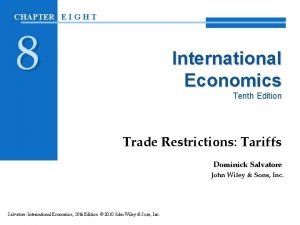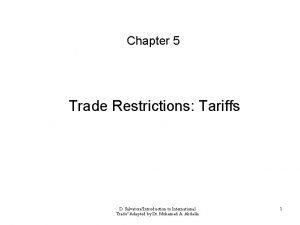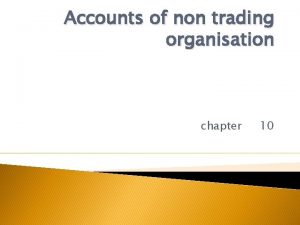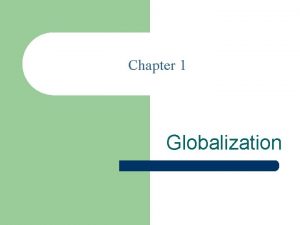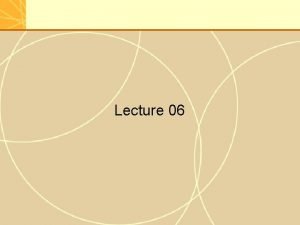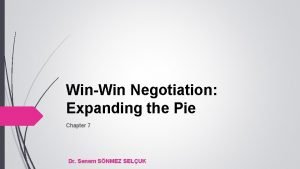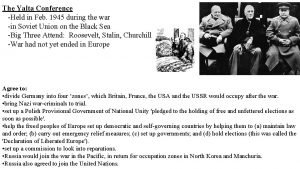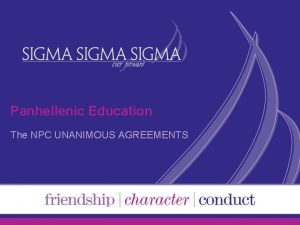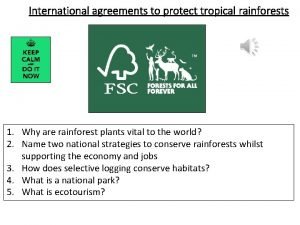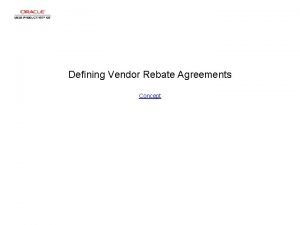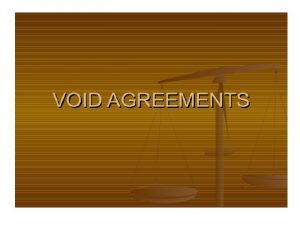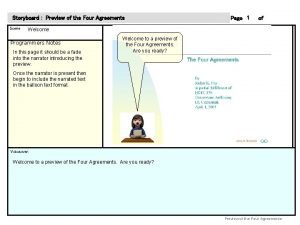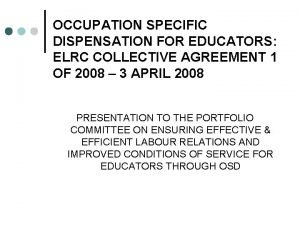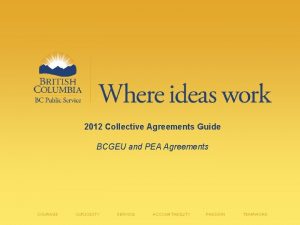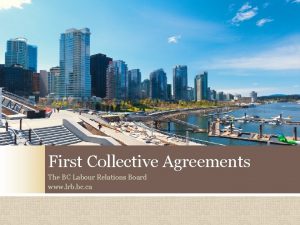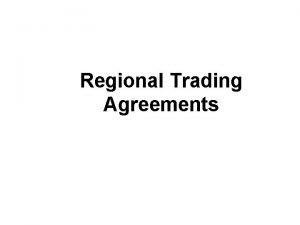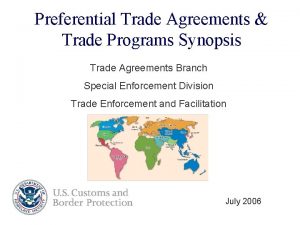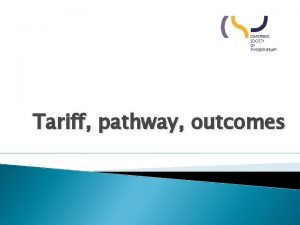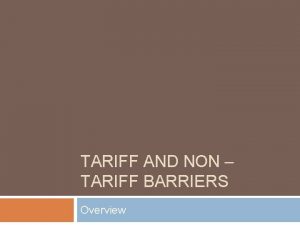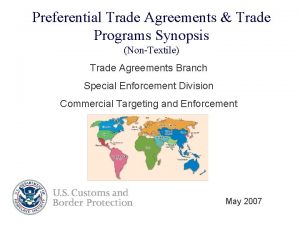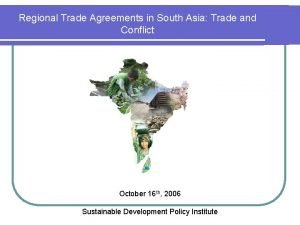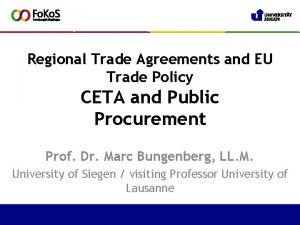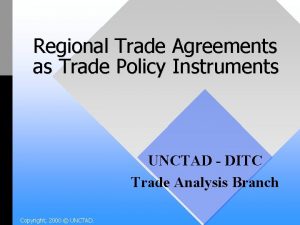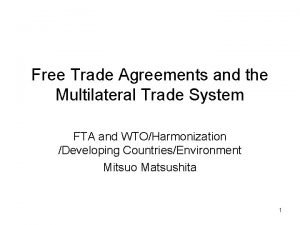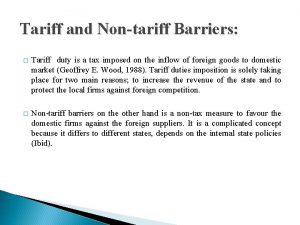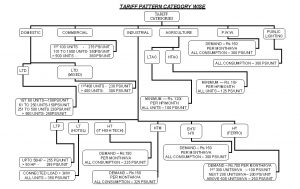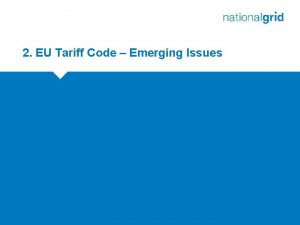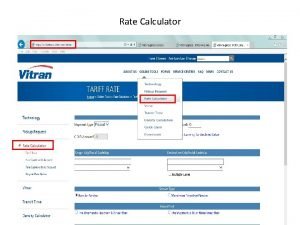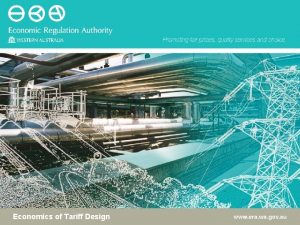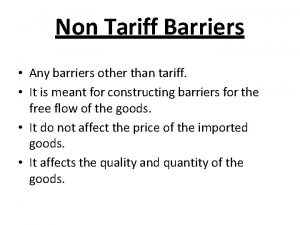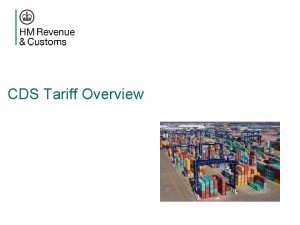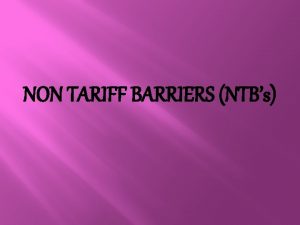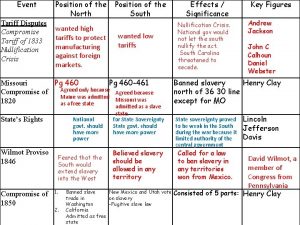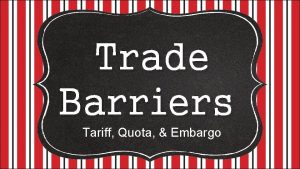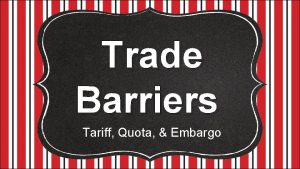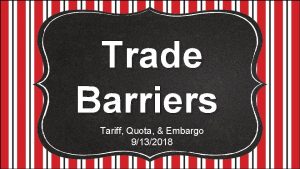World Trading System Regional Trade Agreements Tariff and
























- Slides: 24

World Trading System & Regional Trade Agreements • Tariff and Non-tariff barriers • International financial system: exchange rate, exchange control & trends of exchange rate system • Role of International financial institutions: World Bank, IMF, ADB, Evolution of GATT & WTO • Regional groupings: EU, NAFTA, ASEAN & SAARC

Tariff & Non-Tariff Barriers • Trade barriers and restrictions are instruments of trade control are usually in form of government laws, regulations, policies, practices Why restrict/barrier? • Protection of domestic producers from foreign competition or artificially stimulated exports • Broadly Tariff and Non-Tariff barriers

Trade barriers Price P 1 P 2 D S Tax Q 2 Q 1 Sales Tax on imports (P 2 -P 1) raises the price, which reduces quantity demanded Q 1 Q 2

Trade barriers Price D P 1 P 2 S 1 S Q 2 Q 1 Sales Quantity limits on imports (Q 1 -Q 2) reduces the supply available and raises prices from P 1 to P 2. Price rise is charged by producers

Tariff • Tariff (sometimes called duty) may affect either price or quantity directly • Tariff most common type of trade control and is a tax government levy on good shipped internationally • Tariff collected by exporting country is called export tariff • If collected by a country through which goods have passed, it is transit tariff • If collected by an importing country is called import tariff

Why Tariff? • Support local/domestic industry: with tariff process of imported goods are raised so domestic industry have relative price advantage • Protective: reduce expenditure on foreign goods thus effect the balance of payment • Revenue: mainly in LDCs it is source of revenue for government

Tariffs barrier How are tax rates applied • Specific duties: fixed charges per measurement unit, like Rs. 35/ Kg • When the prices are higher, specific duties become smaller % of the value being less restrictive to import • Ad Valorem duties: meaning ‘according to value’ • Fixed percentage of cost: more cost more tax (% of price) • Compound duties: combination of specific and ad valorem, like Rs. 35/ KG + 12% ad valorem

Tariffs controversy Industrial countries discouraging LDCs exports Raw material duty free while finished good restricted with taxes Shirt price per unit is Rs. 100 (raw material Rs. 50 + manufacturing cost Rs. 50) Tax on shirt (ad velorem- 10%) Rs. 10 Effective tax Rs. 10/Rs. 50 *100 = 20% (Since material cost Rs. 50 would not have been taxable) In industrial countries like US, restrictions are more on commodities and cheaper goods than luxury goods

Non-Tariffs barrier Non-Tariff barriers are not as transparent as tariff barriers Two major types a) Direct price influence b) Quantity controls

Non-Tariffs barrier: Subsidies Government sometimes make direct payments to domestic companies to be competitive e. g. US provides subsidies to cotton exporters Subsidies to overcome market imperfections like providing business development services such as market information, trade expositions, foreign contacts are least controversial Example: US directly subsidies Boeing through payments for developments in military aircraft than also have commercial production

Non-Tariffs barrier: Subsidies Agriculture Subsidies: Subsidies exists in agriculture products in developed countries Government logic is that food supplies are too critical to be left to chance Subsidy lead to surplus production, surplus are preferable to food shortages Surplus production from developed countries is exported at prices below those in the products domestic markets

Non-Tariffs barrier: Subsidies Aid & Loans: Tied aid is if recipient required to spend funds in donor country (in form of purchase of equipment, contractor) helps to win contracts in big sectors like telecom Skepticism of tied loan/aid is it increases inefficiency of local suppliers Recipients to use suppliers in donor country that may not be best China using tied aid for nearly all its foreign projects

Non-Tariffs barrier: Customs Valuation Exporters and importers have temptation to declare a low price on invoices in order to pay a lower ad valorem tariff Customs officials exercise their authority to over value the imports so as to charge more as valorem duty Sometimes custom office/officials increase invoice prices based on domestic market prices Customs officials must use declared invoice price if not or doubt on authenticity, on basis of value of identical goods or similar goods arriving in or officials may compute a value based on final sales value or reasonable cost Valuation problems Trading of many different products creates problems (it is easy to misclassify a product & its corresponding tariff)

Non-Tariffs barrier: Customs Valuation problems Large number of categories of product means customs agent must use professional discretion to determine goods fall under which category Other direct price influence Means to affect prices, includes special fees, requirements that customs be deposited in advance, minimum price at which product can be sold

Non-Tariffs barrier: Quantity Controls Quotas Import quota prohibits or limits the quantity of products that can be imported in a given year Governments allocate quotas among countries based on political or market conditions Because of quotas goods from one country might be transshipped or deflected to another country to take advantage of latter`s unused quota Country might establish export quota to assure domestic consumers of sufficient supply of goods, depletion of natural resources, or to attempt to raise export prices by restricting supply in foreign markets

Non-Tariffs barrier: Quantity Controls Quotas Voluntary Export Restraint (VER) Country A asks Country B to reduce its exports to country A voluntarily But voluntarily is bit misleading cause in normal practice (either country B reduces its export or country A impose tougher sanctions) Export quota To assure domestic consumers of a sufficient supply of goods to prevent depletion of natural resources to attempt raise export prices by restricting supply

Non-Tariffs barrier: Quantity Controls Quotas Export quota India allows export of Basmati rice only India agreed to provide fixed quantity of rice exports to Nepal Embargoes Specific type of quota that prohibits all forms of trade is a embargo Government impose embargoes in the efforts to use economic means to achieve political goals

Non-Tariffs barrier: Quantity Controls “Buy Local” legislation Governments being largest buy adopt “Buy Local” legislation would adopt trade In US “Buy American” legislation requires government procurement agencies to favour domestic agencies In some instances government buy from foreign product of price is at predetermined margin or prescribed minimum % of domestic content In Nepal also there is a policy that local products to be used at least in government offices

Non-Tariffs barrier: Quantity Controls Standards & Lables Different standards are created by different nations for imports to meet the domestic expectation and protect the health and safety of customers Problem: slight modification in importing products can make the process tiresome and lengthy creating delay Specific permission requirements Some countries require potential importers or exporters secure permission from government authorities before conducting transactions, this is known as import license A foreign exchange control requires an importer of a given product to apply to government agency to secure the foreign currency to pay for the product

Non-Tariffs barrier: Quantity Controls Administrative delays Increase uncertainty, increase cost of carrying If govts take 30 days to clear some merchandise, that leaves no room for perishables export with increased cost of storing Reciprocal requirements Recent practices show importing countries agreeing to trade only if the exporting country agrees to buy importing country’s goods This is like barter, also known as counter-trade or offsets Russian airlines Aeroflot exchanges Russian crude oil for airbus aircraft

Non-Tariffs barrier: Quantity Controls Counter trade Reciprocal requirements are made between countries with ample access to foreign currency that count to secure jobs or technology as part of transaction E. g. Mc. Donnell Douglas sold helicopter to UK government but had to equip them with Rolls-Royce engines (made in UK)

Non-Tariffs barrier: Quantity Controls Restriction on Services Essentiality Certain service sectors in some countries are regarded to be essential as they serve strategic purpose or provide social assistance to its citizens e. g. health, education, transportation In such cases government subsidize sate owned services or set price for private companies Not-for-profit services Mail, education, hospital are often not-for-profit services in which few foreign firms compete

Non-Tariffs barrier: Quantity Controls Restriction on Services Not-for-profit services Control of essential services may preclude foreign firms from competing In U. S. restriction foreign companies from transporting cargo and passengers over domestic route Sometimes essential services like media, communication are banned from foreign investment

Non-Tariffs barrier: Quantity Controls Restriction on Services Standard Government limit foreign entry into many service professions to ensure practice by qualified personnel Licensing standard varies from country to country and generally includes professions like accounting, lawyers, real estate brokers, teachers, architects, physicians (doctors) Immigration Satisfying the standards of a particular country does not guarantee that a foreigner can then work there Countries protect the job opportunities and security of their citizens
 Ad valorem tariff vs specific tariff
Ad valorem tariff vs specific tariff Ad valorem tariff vs specific tariff
Ad valorem tariff vs specific tariff Non trading accounts
Non trading accounts The changing world output and world trade picture
The changing world output and world trade picture The changing world output and world trade picture
The changing world output and world trade picture Trade diversion and trade creation
Trade diversion and trade creation Umich
Umich Trade diversion and trade creation
Trade diversion and trade creation Trade diversion and trade creation
Trade diversion and trade creation Tramp chartering
Tramp chartering Tariff system grade 11 pdf
Tariff system grade 11 pdf The trade in the trade-to-gdp ratio
The trade in the trade-to-gdp ratio Fair trade not free trade
Fair trade not free trade What is triangle trade
What is triangle trade Expanding the pie negotiation
Expanding the pie negotiation Yalta conference agreements
Yalta conference agreements Unanimous agreements
Unanimous agreements What are international hardwood agreements
What are international hardwood agreements Vendor rebate definition
Vendor rebate definition Uncertain event meaning
Uncertain event meaning The four agreements preview
The four agreements preview Mpi salary bands
Mpi salary bands Ltsa long term service agreement
Ltsa long term service agreement Pea collective agreement
Pea collective agreement Lrb bc
Lrb bc
